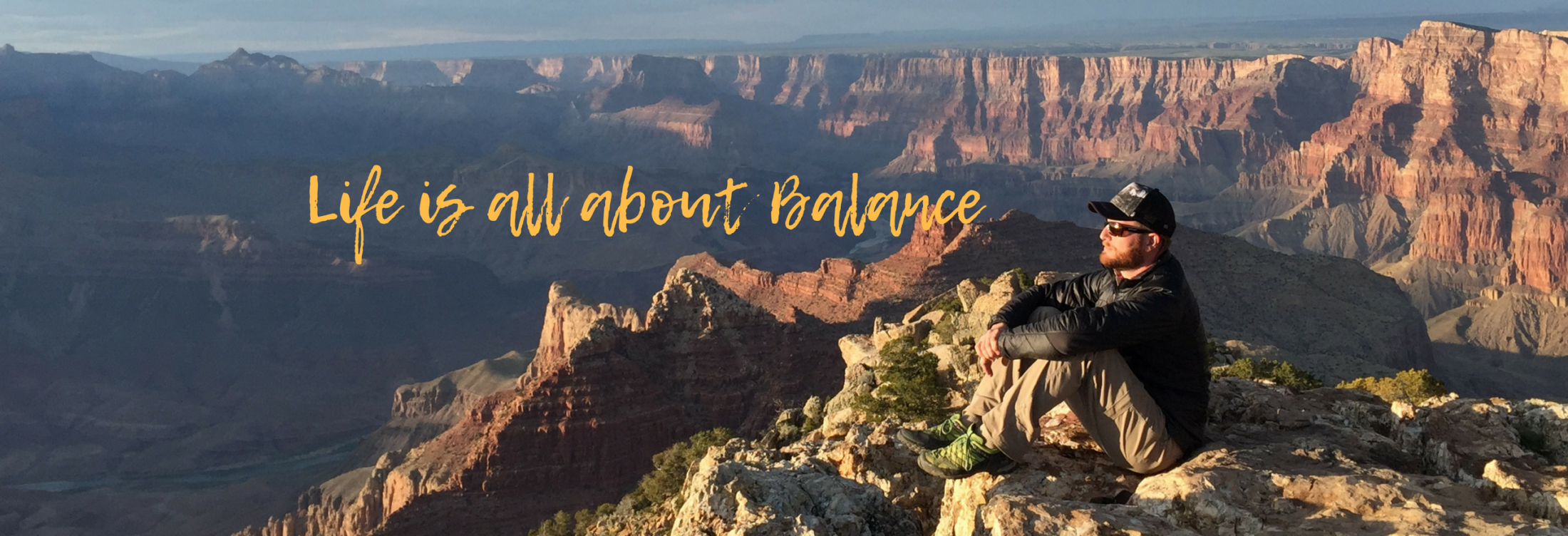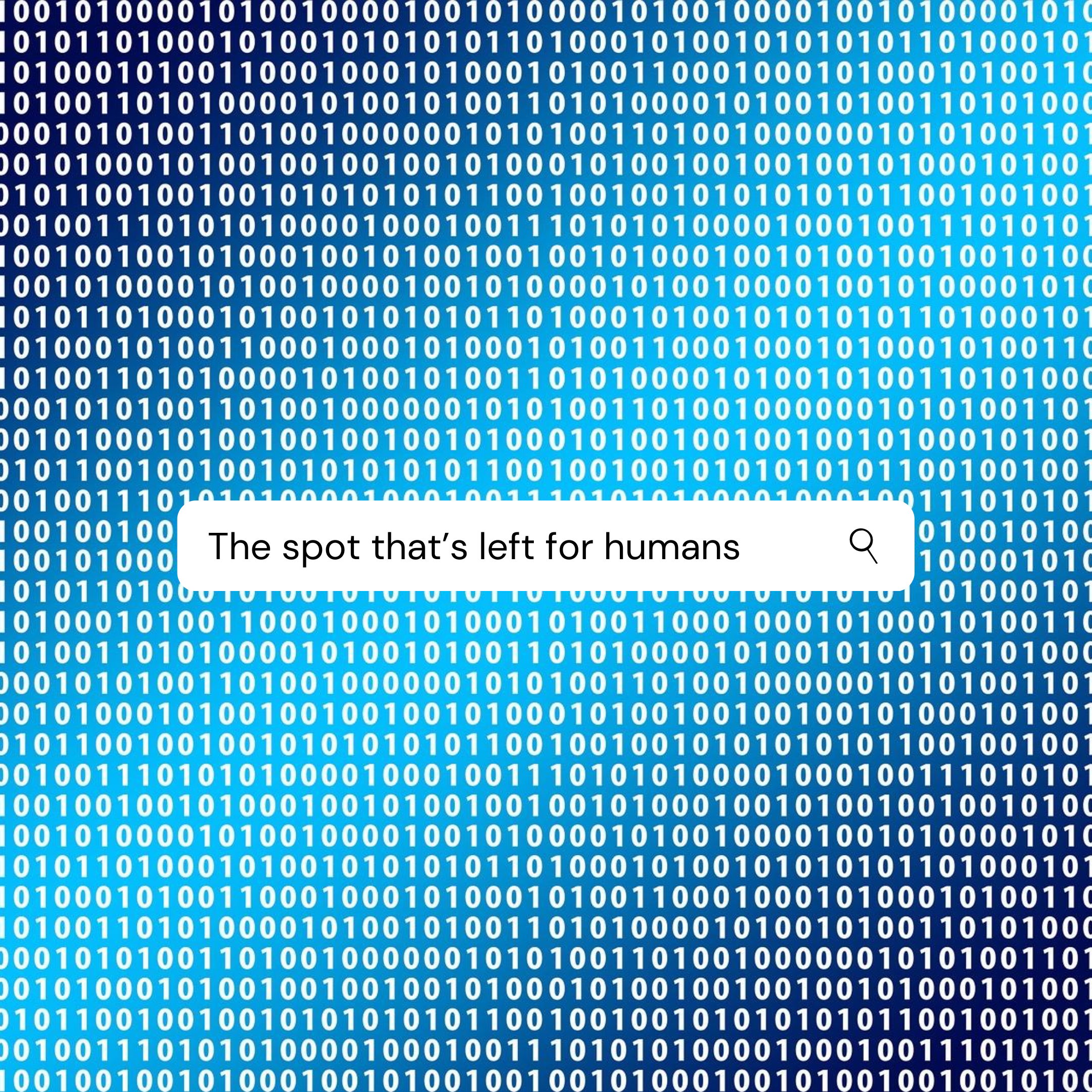“What is really clear fo me is that if you have a job where we can specify what “good” and “bad” results look like, there’s a computer that’s going to be able to do that job really soon.”
Seth Godin
We’re living through at strange time: most of our information comes to us through a screen connected to the internet. Even stranger is that, thanks to a global health crisis, most of our interactions with each other come to us through a screen connected to the internet. There’s something standing between you and almost every idea you encounter: a series of 1’s and 0’s.

Consider a photo.
A photo used to be created by a chemical process, light from a real scene enters a lens and causes reactions to take place on a sheet of film. These reactions leave the film permanently altered – some spots lighter, some darker, some one color, others another. The photo is a continuum, meaning that no matter how far you zoom in, you see more of it. The only way to produce the photo is to physically go to the scene and capture it.
Now, we rarely use film. Our digital cameras work on an entirely different principle: pixels. A complex sensor is fed the light from a scene, and interprets it in discrete blocks – coloring each according to what it “sees.” Yet each sensor only understands a finite number of colors, compared to the continuum given by film. The camera sensor must do some rounding (just like you learned to do in middle school) to color each pixel using the closest color the sensor can capture.
In other words, when we digitize things we add a layer of interpretation. An image today is just a collection of 1’s and 0’s captured by a fancy rounding machine, and displayed to us on another: a pixelated screen. Zoom in far enough and you won’t see continuous lines anymore, you’ll see colored boxes, a checkerboard.
If I were talented and patient enough…
I could presumably create a photo of a place I’ve never seen – just color it in one pixel at a time using one of the limited colors my computer understands.

This brings up my point: computers are quickly approaching the point of being “talented and patient enough.” How do you know a human wrote this blog post? How do you know the photos you’ve seen of me are real? How do you know that you’re really hearing my voice in the podcast?
Creative Destruction
As computers get smarter, we find ourselves facing a circumstance that economists call “creative destruction.” When the grocery store installed self-checkout, they replaced human jobs with robots. Sure they don’t look like characters from Star Wars, but self-checkout cash registers are robots – just like their older siblings, banking ATMs.
The question that I’m hoping is on your mind is “what jobs are safe?” What should we do to remain employed, make an impact, and yet keep ourselves “future proof”? As an educator I have to ask myself this question daily: there is nothing that I can teach you about math or engineering that can’t be learned for free on the internet.
“The spot that’s left for humans is initiative, is surprise, is random connection, is trust. Those things, for now, belong to people, and just only people.”
Seth Godin
It would appear to me that I can ensure that my job remains safe, despite the openness of information these days. What needs to happen? I should spend my time taking initiative, surprising people, forming random connections, and building trust. The value you get in my classroom must be more than information: it needs to be a space where you can join in community with others who are pursuing similar goals, while facing similar challenges.
As you prepare for the next move in your own career, I hope you’ll ask yourself if what you’re doing is truly a human job – or if it is just a job we haven’t gotten around to automating yet. Perhaps it’s time to double down on what makes us human – and spend more of our time pursuing that.


